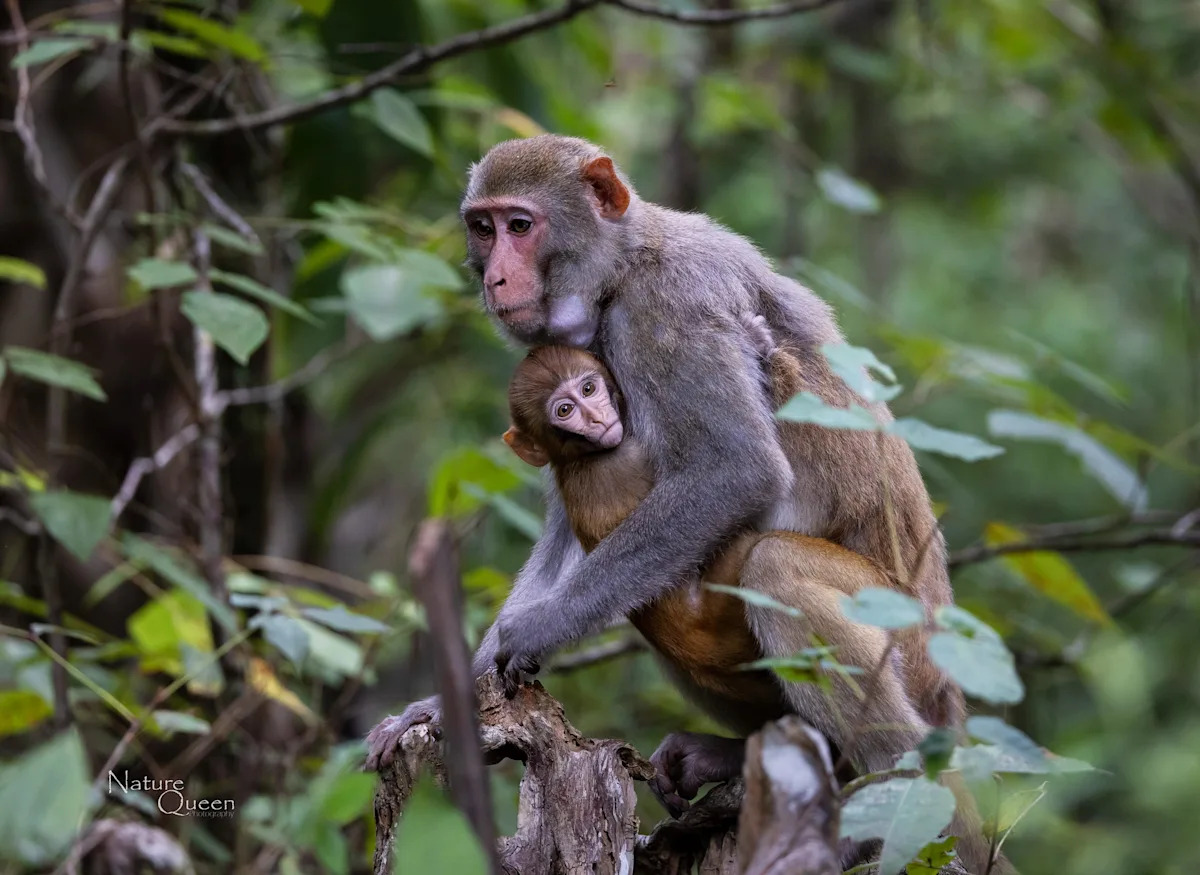You’ve heard that it can be raining “cats and dogs” or even “men,” but what about monkeys?
A viral video shows a kayaker at Florida’s Silver Springs State Park witnessing some “monkey business” as the primates dove off the trees and cannonballed into the springs.
While we are often dubbed the “Australia of America” with our various dangerous critters, monkeys aren’t on Florida’s list of native animals. Are these monkeys invasive?
But first, what is an invasive species?
These wild monkeys are considered invasive in Florida.
As per Executive Order 13112 (Section 1. Definitions), an “invasive species” is a species that is non-native to the ecosystem under consideration and whose introduction “causes or is likely to cause economic or environmental harm or harm to human health.”
“Non-native species” and “invasive species” cannot be used interchangeably. The USDA notes non-native species are plants and animals living in areas where they do not naturally exist, such as commonly grown fruits and vegetables that are not native to the U.S.
For examples of invasive species, particularly those in Florida, think of:
Where is Silver Springs State Park?
Silver Springs State Park is a Florida state park located on the Silver River in Marion County.
What kind of monkeys are found at Silver Springs State Park?
Rhesus macaque monkeys are found at Silver Springs State Park near Ocala. They are brown to gray with pink faces, according to the FWC.
They are native to Afghanistan, Pakistan, India, Southeast Asia, and China.
Why are monkeys in Silver Springs State Park in Florida?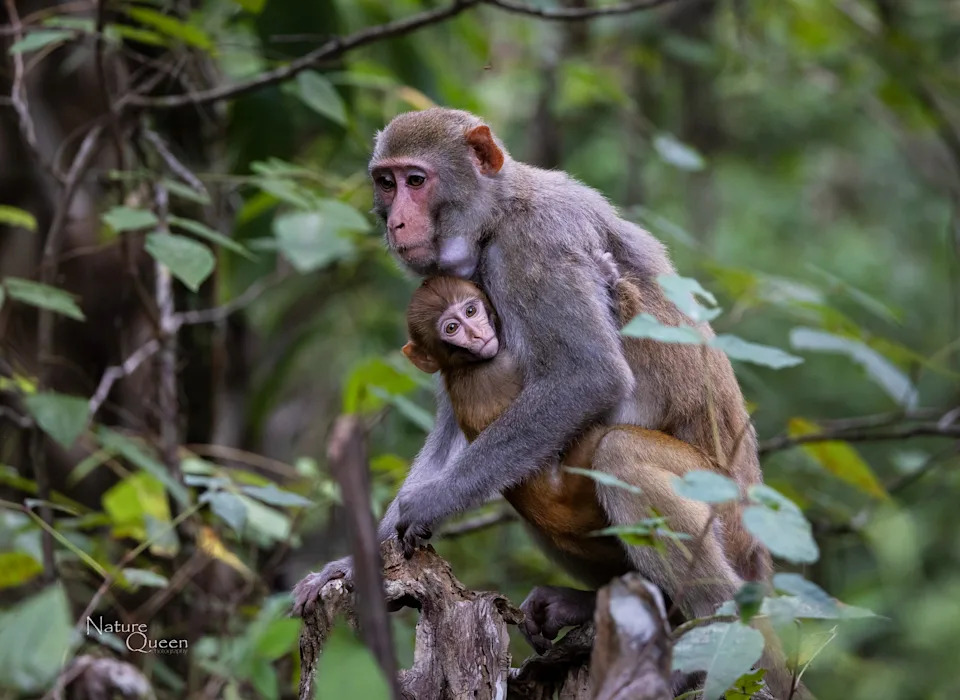
A photo of a mama with baby, Rhesus Macaques monkeys at Silver Spring State Park, Ocala. Camera used was a Canon R5 with a Sigma 150-500 lens.
The monkeys were introduced to the Florida in the 1930s by a cruise operator named Colonel Tooey, according to a post by the Wildlife Ecology and Conservation Department, University of Florida/IFAS Extension. He let six of them loose on a small island in the Silver River, hoping to create a park modeled after the Tarzan stories.
Since they are excellent swimmers, they thrived on their own. By the 1980s, their numbers reached around 400.
UF shared that, from 1984 to 2012, their population growth was controlled through trapping and removal of macaques. Approximately 1,000 macaques were removed from this population by private trappers and sold to biomedical research facilities; however, this practice was halted due to concerns about animal rights.
As of 2025, estimates of their current population vary. The most recent study in 2015 claimed there were 175 monkeys in the park
According to the FWC’s rhesus monkey tracker, there have been hundreds of sightings of the monkey, many of them even outside Silver Springs State Parks.
Are these monkeys in Florida a threat to humans?
Yes.
According to the park’s website, the monkeys are particularly calm and comfortable when interacting with humans, unlike most other animals in the park. However, they sometimes get aggressive and nasty, causing a risk to parkgoers.
Another threat is that more than 30% of the monkeys have Herpes B, the park’s blog writes. If contracted by humans, it can cause brain and spinal cord swelling, which ultimately leads to death.
“The body fluids of these monkeys are the main culprit, and therefore, restrict yourself from getting closer to them, no matter how cute and calm they appear,” the park said.
Are there other monkeys found in Florida?
Yes. There are three species, including the Rhesus macaque, that you could find in Florida, according to the University of Florida:
Vervet monkeys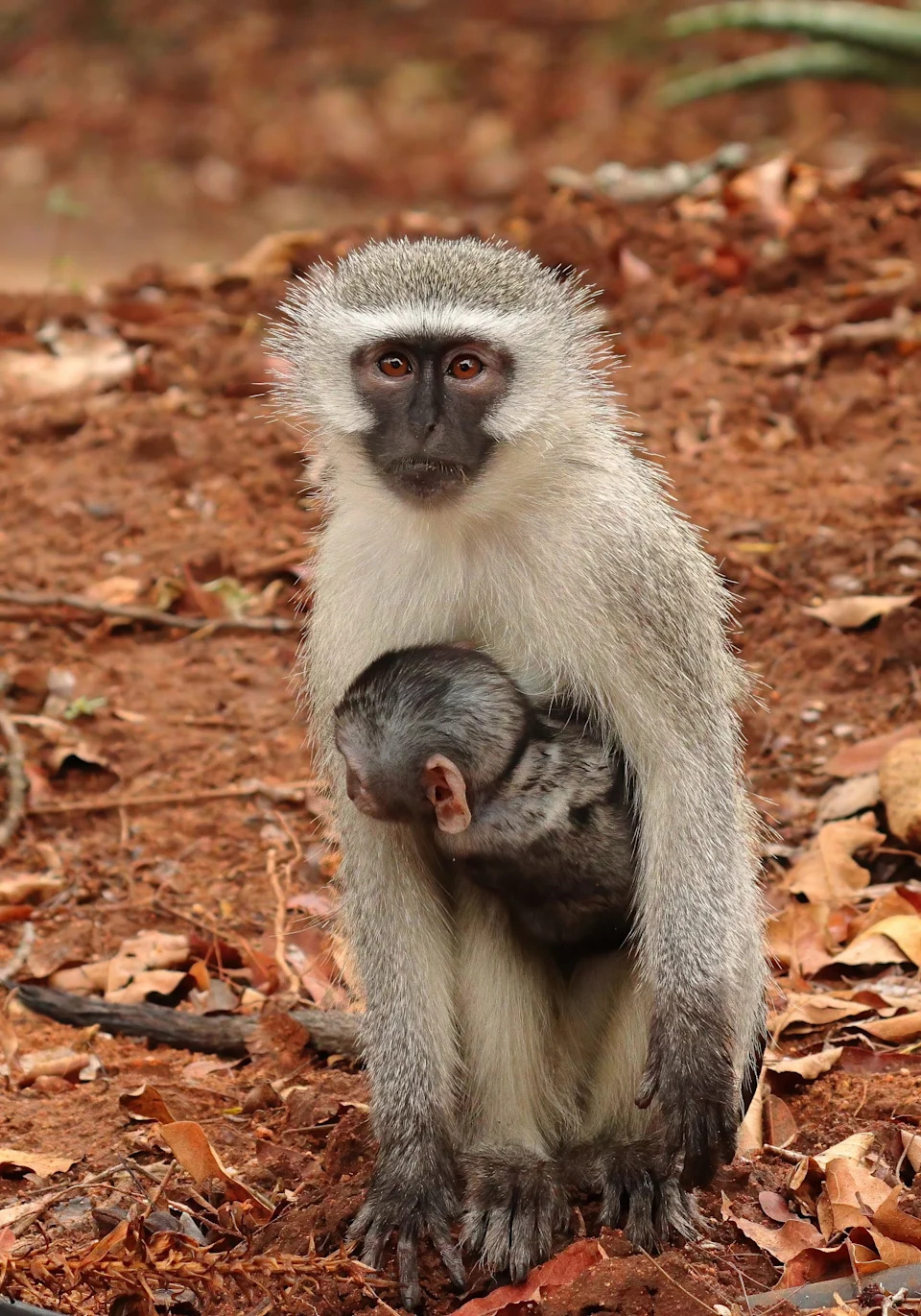
Vervet monkey (Tony Johnstone photo)
Vervet monkeys are native to a wide range of habitats across sub-Saharan Africa. There are six species referred to as “vervet monkeys,” with slight variations in appearance occurring between them.
The ones found in Florida are gray and black with a greenish tinge. UF experts say they were introduced in Florida in the 1940s after escaping from a facility that imported primates from Africa for use in biomedical research.
A 2020 census indicated that 40 vervet monkeys were split among four groups living in Dania Beach, south of Fort Lauderdale.
Spider monkeys used to be found in Florida. Only one monkey found in 2021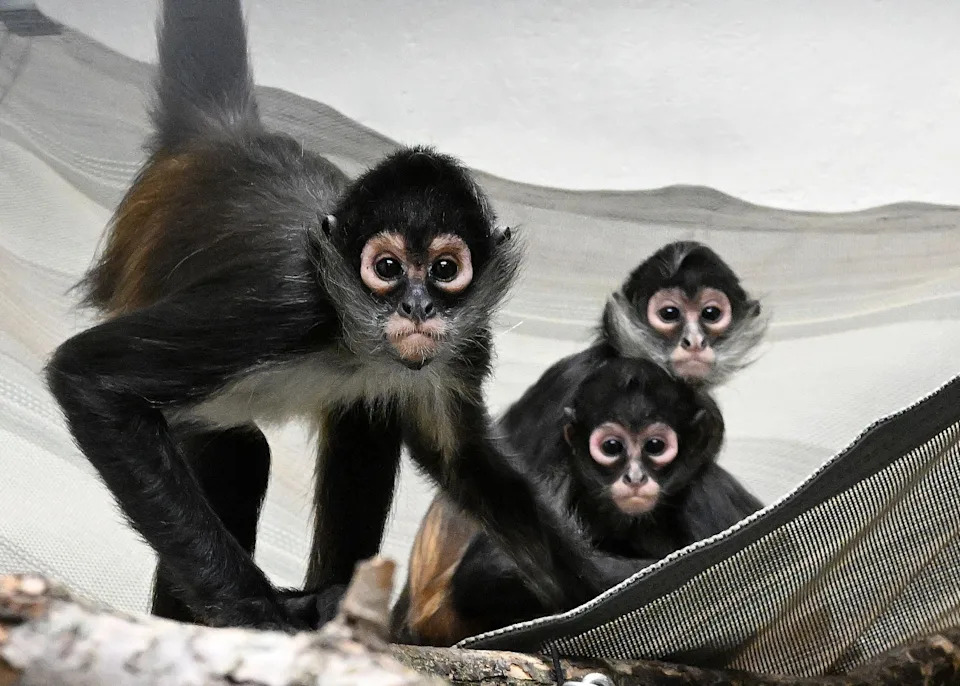
Spider monkeys who were rescued after they were smuggled into the United States from Mexico. A Houston, Texas man pleaded guilty to smuggling them into the country. The monkeys now have a home at Brookfield Zoo Chicago in Illinois.
Squirrel monkeys are five species that are grouped, all native to Central and South America. All five are small and look very similar.
UF writes that of the five populations of squirrel monkeys introduced in Florida, three have been confirmed as Saimiri sciureus, one of the four squirrel monkey species from South America. The species of the other two populations were unknown.
The number of wild spider monkeys has reportedly dwindled. As of 2021, only one monkey remained, coming from two pairs of squirrel monkeys that were released from a social club and settled in Fort Lauderdale in the mid-1970s.
Experts theorized that their population decline was due to particularly cold winters.
What should I do if I see a wild monkey in Florida?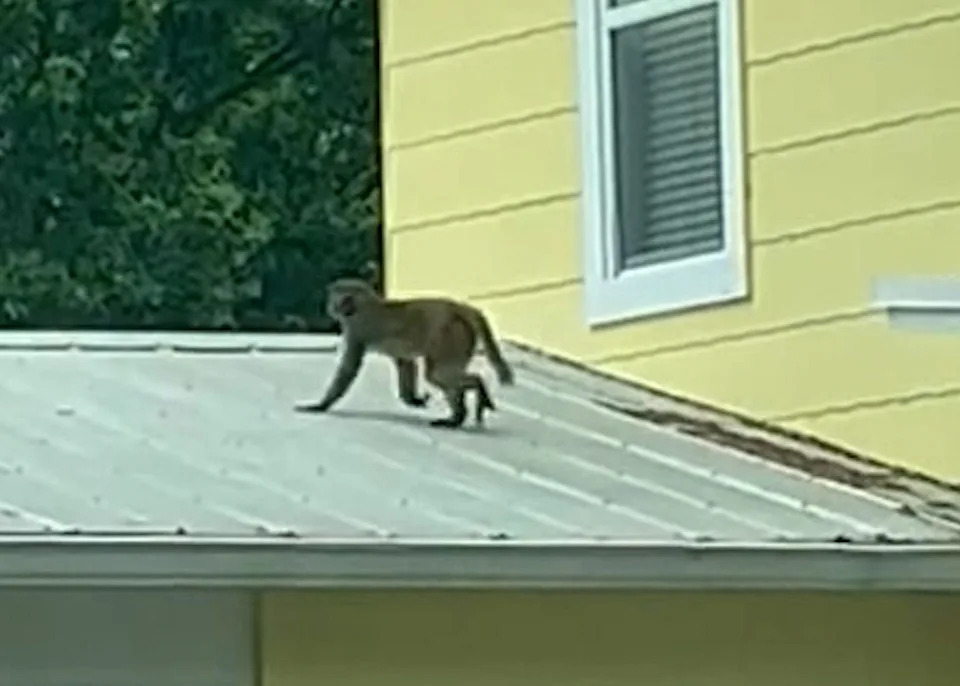
A wild rhesus macaque monkey was spotted atop a home in Clermont, Florida, Tuesday April 30, 2024.
Wild monkeys are common enough in some areas that the FWC asks that you report them only if you see them outside their core population area in Marion County. To report a monkey sighting:
Try to take a picture or video
Call the FWC’s Exotic Species Hotline at 888-IveGot1 (888-483-4681)
If you see a wild monkey posing an imminent threat to humans, call 911 or the FWC’s Wildlife Alert Hotline at 888-404FWCC (888-404-3922).
This article originally appeared on The Daytona Beach News-Journal: Monkeys rain down on kayakers in video. Are they native to Florida?

